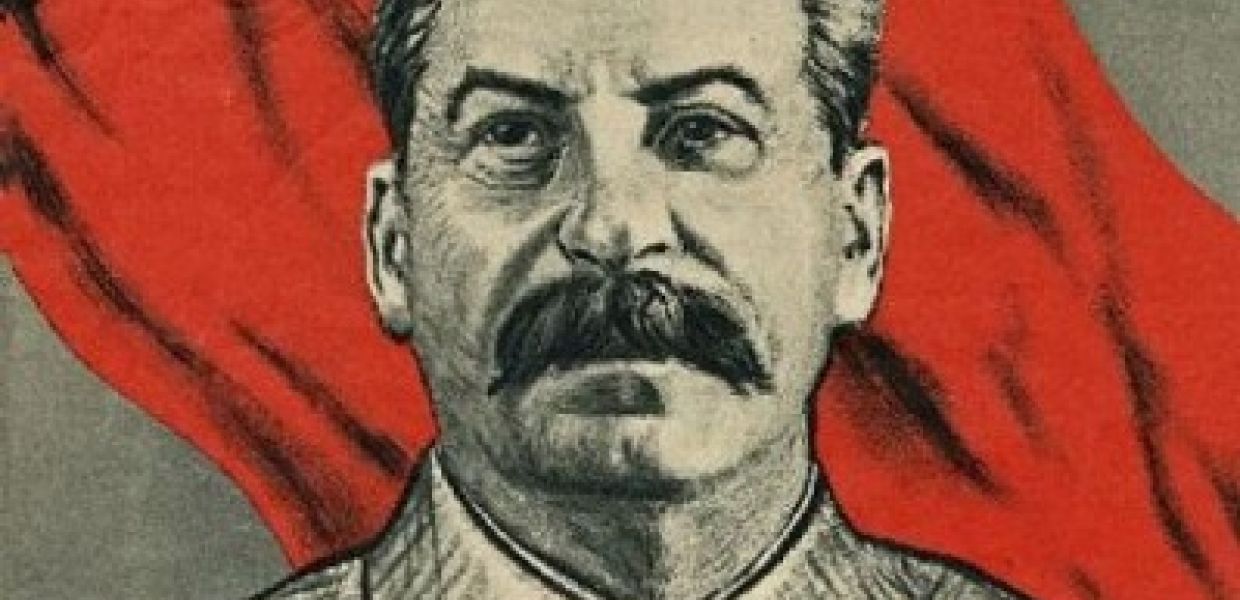Re-framing historical figures

How exploring Europeana collections can help to put historical figures into perspective.
A guest post by Steven Stegers, Programme Director of the European Association of History Educators (EUROCLIO). 
Stalin as the Revolutionary Leader of the Soviet Nation, 1949. Stadtgeschichtliches Museum Leipzig, CC BY-NC-SA 4.0
A relatively small number of famous historical figures dominate history. They appear in history textbooks, in movies, in documentaries and in literature. There are many primary sources about these figures in collections of museums, archives and libraries but only a few of these are ever used. This leads to a narrow understanding of those figures who have helped to shape history as there is little room to address the controversies and complexities that characterise history and good history education with a limited set of sources.
The dominance of particular sources on some historical figures is because a limited number of websites appear most frequently in search results. If you can find a good source in almost no time, why would you need to look for another? The main issue is the amount of time that it can take to find these other - just as interesting - resources. Language barriers and copyright restrictions can also make finding sources more difficult.
To overcome these barriers EUROCLIO, in partnership with Europeana, has created sets of sources that show known historical figures in a new light. Europeana offers users the unique opportunity to search across collections of different archives and museums. It can often be difficult to search across collections because institutes tend to use their own system of documentation and categorization. But in the case of historical figures, it is often possible to find matching sources, because almost all institutes have used the person’s name as their search term. The results of this are now published at Historiana in the form of a new series of source collections.
A rationale for selecting historical figures
Choosing which historical figures to feature in Historiana was the hard thing. With limited time at our hands we could never do justice to the many and diverse historical figures that could have been chosen. Our purpose was also not to make a definitive selection but to find out what could be gained from looking for sources about really well known historical figures in the collections of different archives across Europeana. The figures we chose to focus on – Julius Caesar, Jeanne d’Arc, Adolf Hitler, Charles Darwin, Joseph Stalin and Queen Victoria – are all figures that most people in Europe will know and they have been the topic of much debate and interpretation.
How can these source collections be used to teach history?
These source collections on Historiana offer the opportunity to see what extent the associations that people have with historical figures is mirrored in material from different institutes. Historiana source collections can also be used to compare and contrast the material that different institutes have and have not included in their collection about each historical figure. And because it is clear where each item comes from (e.g. which institute provided it), these source collections can also be used to learn about the way institutes build their collections. We can ask questions like: How do items arrive in their collection? What is their criteria for selecting and describing them? Students can be asked to select sources that challenge or change their ideas about a historical figure and to explain how that material is challenging or changing their ideas.
The featured source collections can be found on Historiana and can be used to create online learning activities.
